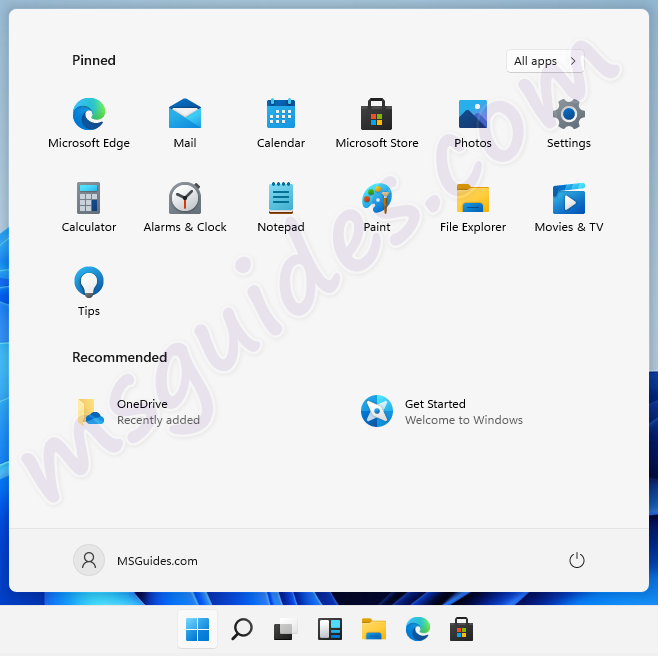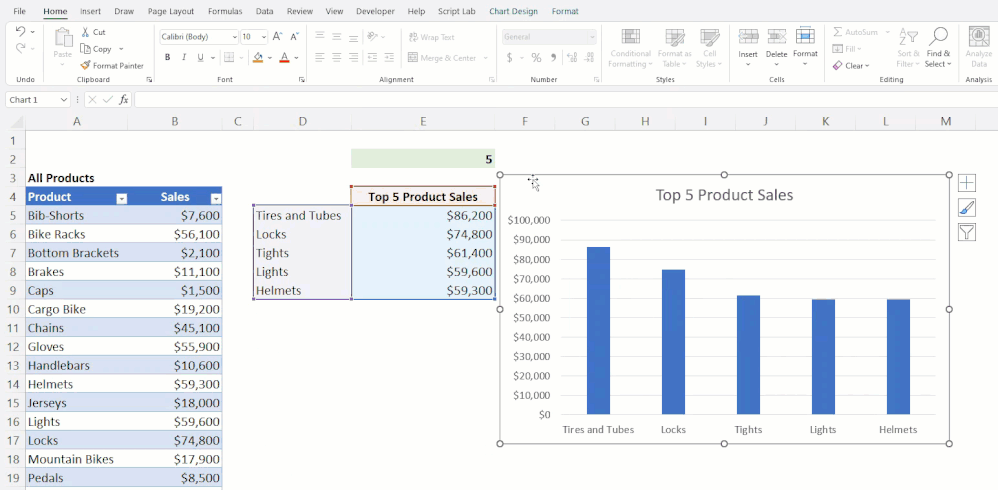Great Info For Deciding On Windows Microsoft Office Pro Key Websites
Wiki Article
What Should You Look For When Buying Windows 10/11 Home/Pro/Pro Products
It's important to know the cost and type of your license before you purchase Windows 10/11 Pro/Home. Different license types come with various costs, limitations rules, restrictions, and limitations. These 10 top tips will help you choose the right type license.
1. Understand the difference between OEM, retail and volume licenses.
OEM (Original Equipment Manufacturer) OEM is usually pre-installed on new PCs and tied to the first hardware it's activated on. It can't be transferred to another device.
Retail: Purchased separately and can be moved from device to device if deactivated on the older one. Flexible devices are more expensive.
Volume License (VL), designed for companies and allowing multiple activations by a single code. This software is not meant to be used by home users, and is a risk to use if purchased from a trusted source.
2. Retail License For Flexibility
Retail Licenses are the most suitable option for those who plan to upgrade your computer or switch to another device in the future. This is because you can move the key to the new device. OEM keys can only be activated using the initial piece of hardware.
3. OEM Licenses Are Budget-Friendly But They are also limited
OEM licenses come with new computers for a cheaper cost. They are the most suitable option for those who are not planning on upgrading their hardware.
Remember that you cannot transfer them to another computer if your system is upgraded or replaced.
4. Volume Licenses Are For only Business Users, and not Home Users
Volume licenses are designed to accommodate businesses that need multiple activations.
It's unlikely that sellers will offer a "Volume License Key" to a person. They're typically sold to businesses and adhere to strict rules.
5. Understanding Digital Licenses
Microsoft has introduced Digital Licenses with Windows 10 or 11 that are linked to your copyright, rather than having a product code.
This means the activation can be restored by signing in to your copyright, which makes it simpler to handle when you upgrade your hardware.
6. Upgrade Options for Versions
Some license keys are intended for upgrade only, which means they're valid only in the event that you already have licensed copies of Windows. Make sure you know whether the key is valid for the full version of Windows or an upgrade.
For example, moving from Windows 10 Home to Pro requires a different key than a fresh install of Pro.
7. Be aware of ESD licenses
ESD licenses can be purchased online (often from online stores) without the physical packaging. When purchased through a reliable source like Microsoft, Amazon or another authorized retailer, they are legally valid.
Be sure to check that the person selling an ESD key is authorized to avoid problems with deactivation.
8. Be wary of "Used or Recycled" licenses
Reselling OEM or volume license keys which were previously used by others are not unusual. Microsoft often flags these and block the sale.
You must ensure that you receive a new, unopened license.
9. Limitations on activation
OEM: Use only once on a specific device.
Retail: You are able to transfer the product multiple times. However, you may require Microsoft Support for a reactivation.
Volume Licenses: Volume licenses are generally limited to a certain amount of activations. This is a part of the contract with the business. Microsoft can deactivate volume licenses that are misused.
10. Check Transfer Right
Retail Licenses are perfect for people who update or change their hardware often. It is ideal for users who frequently upgrade their hardware.
OEM licenses aren't accompanied by transfer rights. The keys cannot be transferred to a different device, even if the device you have malfunctions.
Quick Summary
Retail: Can be transferred and connected to Microsoft accounts, and offers the greatest flexibility.
OEM: Less expensive however, it is tied to an individual device. Ideal for situations that require only one use.
Volume: Business buyers are at high risk, while individuals have a greater chance of threat unless they buy directly from authorized sellers.
Digital License It is easier to manage through copyright integration. and automatic renewal for hardware upgrades.
Understanding the differences between license types will aid you in deciding which is right for you. beware of potential traps and make sure that the copy you have of Windows is legitimate and lasting. Follow the top rated Windows 11 keys for blog info including buy windows 10 pro key, windows 11 pro product key, windows 11 license, windows 10 license key purchase, buy windows 11 product key for registration key for windows 10, windows 10 product key buy, buy windows 10 pro, windows 10 with license key, buy windows 11 pro, windows activation key 10 and more.

Top 10 Tips On The Type Of License Type When Buying Microsoft Office Professional Plus 2019/2021/2024
Knowing what types of licenses are to choose from is essential when you purchase Microsoft Office Professional Plus 2019. 2021 or 2024. You must ensure that you purchase the right one to meet your needs. The terms, limitations and support options offered by various types of licenses vary. Here are ten tips to assist you in navigating different license types.
1. The most common kinds of licenses
Microsoft offers several license types that are available for Office Professional Plus, including Retail, OEM (Original Equipment Manufacturer), and Volume Licensing. Each type has its own terms and conditions.
Retail: A single purchase, usually tied to a single user. Can be transferred to a different device if needed (within the same user).
OEM: Tied to the first device it's mounted on, it isn't able to be transferred. Often cheaper, yet less flexible.
Volume Licensing is an adaptable solution for many users.
2. Retail licenses to allow flexibility
A retail license offers the greatest amount of flexibility. It allows you to install Office on your device and then transfer the license when you upgrade or replace your PC. This is perfect for single users, who may upgrade their hardware or devices at any time.
3. OEM licenses at a lower cost
OEM licenses tend to be less expensive but they are tied to a specific device and are not transferable. They are only available only available for computers with Office pre-installed by the manufacturer. A OEM license will save you money, but it can limit your choices when you build or upgrading your personal computer.
4. Understanding Volume Licensing
Volume Licensing can be used by businesses, government organisations, and educational institutions. If you're buying Office for a large number of users or devices then this could be the most economical option. It has other benefits as well, such as central administration, deployment that's easier, and discounts for large quantities.
5. Multiple Device Licenses Multiple Device Licenses
Retail licenses usually allow installation on a couple of devices (e.g. desktop, and laptop) and Volume Licenses will cover hundreds or thousands of devices, contingent on the agreement. Be aware of how many devices the license covers prior to purchasing.
6. Verify that the license transferability is possible
Retail licences are usually transferable (as as soon as they're removed) across devices. OEM licences are usually locked on the first device, and cannot move. This is a crucial consideration if you plan to move computers often.
7. Consider User Licenses and the Device Licenses
Some licenses have been assigned to individuals, while other are assigned to devices. If you are purchasing Office for a user who is likely to use it across multiple devices, you should consider user-based licensing options like those offered with Microsoft 365 subscriptions and Volume Licensing.
8. Review Support and Updates
Microsoft typically provides full support to retail licenses, and volume licenses are also supported by regular updates. OEM licenses might have only limited support. The software may also not receive updates after the device it's linked to no longer has manufacturer support.
9. Understanding Licensing Upgrades
You could be eligible for an upgrade to Office to the most current version with an Volume License, Retail License or the Microsoft Software Assurance Program (for Volume Licensing).
OEM licenses typically don't include any upgrade rights. This means you'll have to purchase a brand new license to upgrade to the latest version of Office.
10. License Agreement Terms
If you purchase any version of Office Professional Plus, always review the terms of the agreement for licenses provided by Microsoft. This document will explain any transfer restrictions or the rights you are granted to make use of the software for various uses or on different devices (e.g. personal use vs. business use). Understanding the terms can assist you in avoiding unintentional limitations.
Conclusion
The needs of your specific situation will determine which type of license you select for Microsoft Office Professional Plus 2019. 2021 or 2024, depending on whether you're an individual, a company or an organisation. Understanding the distinctions between Retail, OEM, Volume Licensing is important to help you make the right choice based on your needs, such as the flexibility, cost, support or scaling. Make sure you read the license terms to ensure you're buying the right version for your particular situation. Have a look at the most popular Microsoft office 2021 professional plus for website tips including Ms office 2024, Ms office 2019, Office 2019 professional plus, Office 2019 download, Office 2019 product key for Ms office 2019 Office 2019 product key, Microsoft office 2021, Ms office 2024, Microsoft office 2024, Office 2021 key and more.
